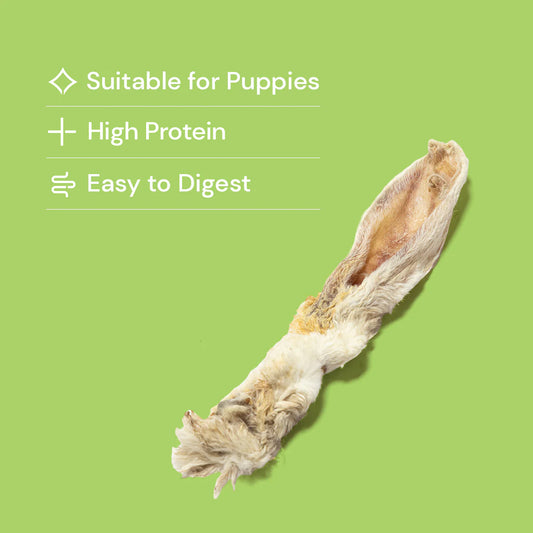
(Written by Georgia Hatton)
The original “designer crossbreed” the lurcher is a type of dog with a long history - and at least one of the office dogs here at Pet Treats Wholesale is one of them!

To put it simply - a lurcher is a cross between a sighthound - breeds such as whippets, greyhounds or salukis - and another breed - usually a working dog such as border collie or a terrier. This results in - generally - intelligent dogs that can run super fast and for a long time!
The type of dog known now as a lurcher originated in the 1600’s. As far back as 1012AD, King Canute introduced the forest laws, which meant you could only hunt on your own land. As only the nobility owned land, and the common folk just worked on it, only the noblemen were allowed to own greyhounds! By crossing herding or terrier type dogs - back then dogs were categorised by type and function, rather than breeds - to discarded, or escaped, greyhounds, they were able to produce these hunting dogs. Being fast, they excelled for their owners. Urban legend has it that they were predominantly brown or brindled to be better camouflaged against the landscape they poached from. Legally, they didn’t look much like greyhounds, especially the scruffy variety, so they could be owned by all.
With the advent of dog shows, many breeds had ideal standards drawn up for them - detailing exactly what they should look like, be like and how they should function. There was a huge variety in the type of lurchers produced, and no standard was ever drawn up for them.

Temperament can vary between types - lurchers that are a collie cross are generally more willing to please than a terrier mix, but may be less independent as a result!
Greyhound crosses are bigger, whilst whippet/terrier mixes can be quite small! Coat types can vary hugely. Some have a thick, dense, wiry, weatherproof coat, whilst others are short haired, and single coated. In terms of their care, this variation can result in lots of differences. The thickly coated, wiry type needs regular brushing and may benefit from having their coat hand stripped - the process of gently removing any dead undercoat, by hand. Smooth coats are much lower maintenance; generally just need a brush once a week.
Despite any visual differences, the sighthound genes are strong in lurchers of all types. They tend to be long legged, slender dogs, with keen eyesight and instincts to chase anything that moves! As such, special care should be taken from a young age to teach a good recall cue - and this needs to be rewarded and reinforced throughout their lives.

The word lurcher originates from the word “lurk” - a lurcher is one who lies in wait, quite often to rob. In the house these dogs have a reputation for being thieves, whether that is of your bed, food or anything on the counter top.
At their hearts, they are working dogs, and will thrive best in homes where they have a job to do - whether that’s agility, flyball, therapy dog visits, canicross or taking part in lurcher races.
Unfortunately, lurchers are one of the most common types of dogs in rescue centres across the country.
True to their past, many are bred for a working life - generally this involves keeping farms free from pests. Whilst plenty of working people will make sure the dogs have a home for life, many more are less scrupulous - discarding the dogs to the streets when they are too old or too slow to catch prey effectively, or handing them over to rescue centres instead.
Whilst striking and athletic, they aren’t as obviously cute as many other breeds, and they have a reputation for being high maintenance and needing a lot of exercise - in truth they are less hard work than the increasingly popular cockapoo (high energy crossbreeds from two working breeds, with a coat requiring daily brushing!). Their skinny legs make them look fragile, but they are in fact a robust breed, and many are a great choice for families with children!

If you are interested in a lurcher - checking out a local rescue centre or lurcher specific rescue is a great place to start. As they come in all varieties of size, shape and colour, you are sure to find your perfect match in one of these dogs!





























